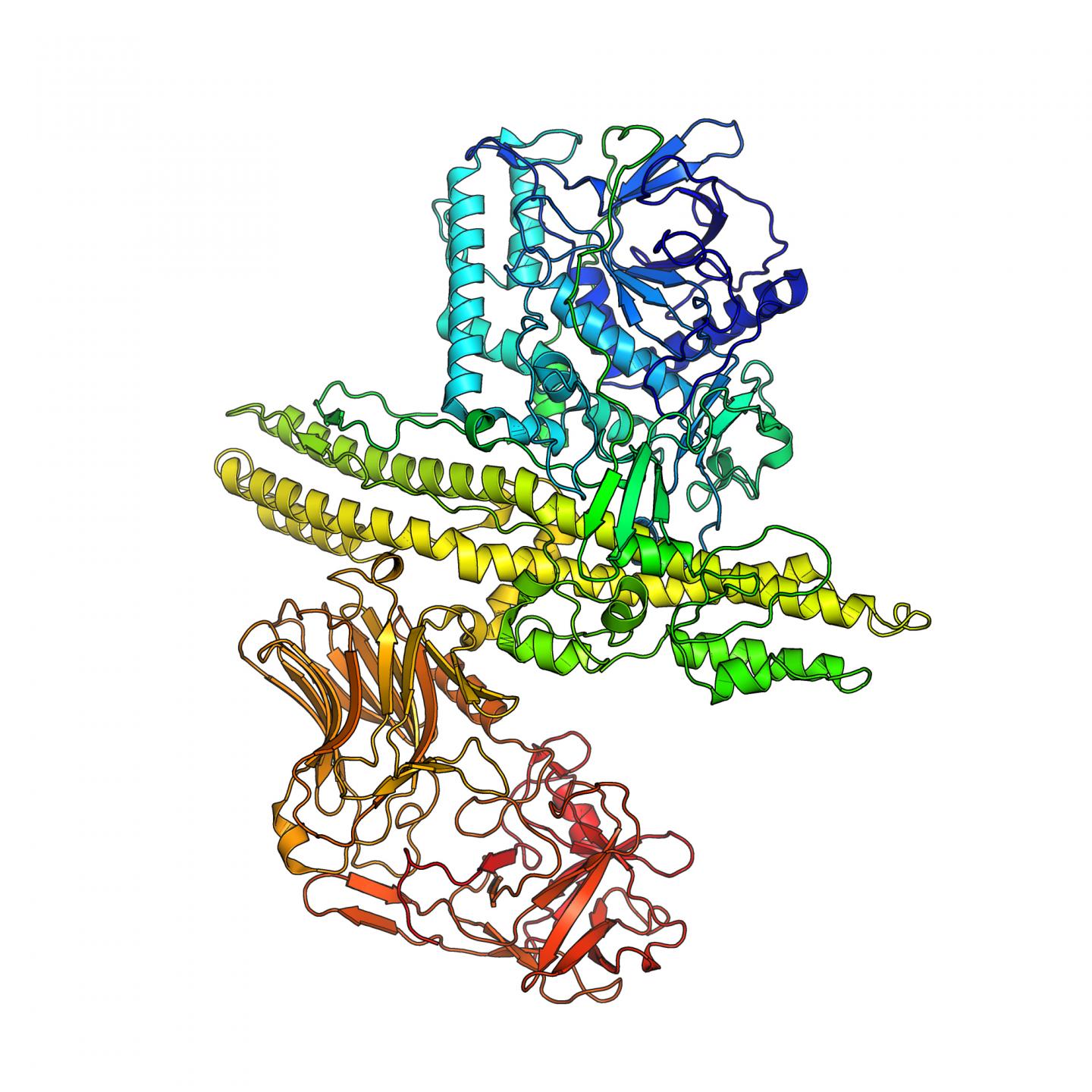현재 위치:홈 > 뉴스현황 > Press Events > Novel Botulinum Neur...
저자: 업로드:2017-08-04 조회수:
Botulinum toxins are currently applicable in more than 80 medical conditions including muscle spasms, overactive bladder, chronic migraine, cervical dystonia, sweating and cerebral palsy (CP).
Scientists at Stockholm University say their discovery of new Botulinum neurotoxin type X (BoNT/X) has the potential to open up a new field of toxin therapeutics related to intracellular membrane trafficking and secretion. Currently, botulinum toxins are used to treat over 80 medical conditions, including muscle spasms, overactive bladder, chronic migraine, cervical dystonia, sweating, and cerebral palsy.
The researchers published their study ("Identification and Characterization of a Novel Botulinum Neurotoxin") in Nature Communications.
“BoNT/X is a novel BoNT with a unique substrate profile,” write the investigators.” Its discovery…provides a novel tool for studying intracellular membrane trafficking, and presents a new potential therapeutic toxin for modulating secretions in cells.”
"The discovery of BoNT/X facilitates the development of diagnostics and countermeasures, which is important if someone would be exposed to a toxic amount of the substance," says Pål Stenmark, Ph.D., associate professor, department of biochemistry and biophysics, adding that the research team will now develop antibodies with the ability to detect and inactivate the toxin.

"Within a few months we will have developed ways of detecting if a person has been subject to BoNT/X," says Dr. Stenmark.
The researchers will determine the structure of the toxin and investigate how it binds to the nerve cell. They will also investigate how the unique properties of BoNT/X can be best used to develop new therapeutics.
The discovery began with the news that a young child in Japan became ill in 1995. In 2015, researchers sequenced the genome of the bacteria isolated from the child and deposited it in a database. The scientists subsequently identified the novel toxin.